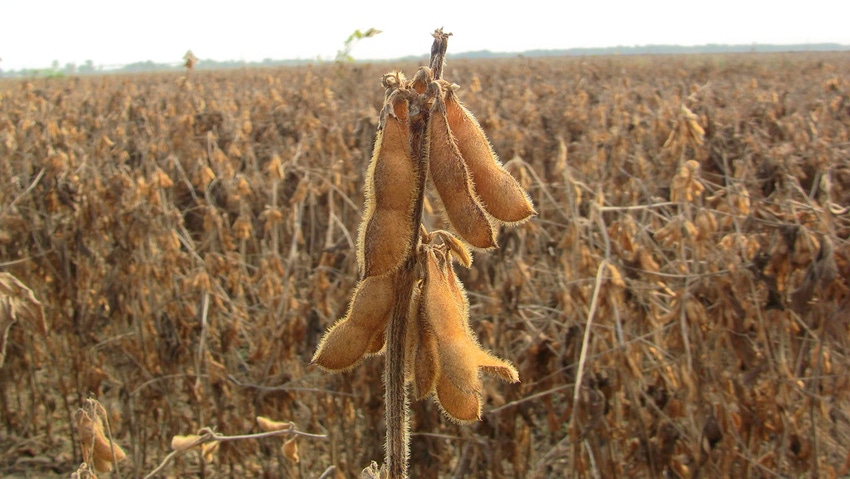May 29, 2014

Clemson University released 21 new crop varieties. The South Carolina Crop Improvement Association Review Board approved four Roundup Ready varieties of soybeans, nine sorghum varieties suitable for bioenergy and eight cotton varieties jointly released with the U.S. Department of Agriculture research center in Florence.
Deciding on the best varieties involves looking at characteristics contributing to varietal performance. These include yield potential, disease resistance, planting date, maturity, lodging resistance, drought tolerance, tolerance to nematodes and other agronomic factors. Rarely is there one variety perfect for all production systems. So it is useful to breed and select more than one variety to take advantage of different varietal traits and characteristics.
In acreage planted, soybean is the No.1 crop in South Carolina. New varieties, developed by Clemson University plant breeder Emerson Shipe, provide more options for farmers.
New cotton varieties from USDA plant breeder Todd Campbell improve fiber quality, which determines cotton value, improving grower revenues.
The new sorghum varieties are bred for bioenergy. They grow more of the green parts of the plant, which can be converted chemically to make fuel, including ethanol and electricity. The new varieties are being licensed to South American growers, who are world leaders in biofuel production.
The sorghum was developed at the Clemson Pee Dee Research and Education Center in Florence by Advanced Plant Technology program leader and plant breeder Stephen Kresovich. Researchers there blend traditional plant breeding and molecular genetics into a comprehensive approach to improve crop yields and quality.
“Our mission is to cooperate with Clemson University, USDA and other agricultural agencies in developing, testing, producing and distributing superior strains and varieties of planting stock,” said Chris Ray, crop improvement association director.
“Improved varieties can mean quicker emergence, better stand establishment and vigorous growth to suppress weed infestations,” he said. “What’s more, uniform plant development — flowering and maturity — makes it easier to time fungicide or insecticide applications. And it means easier harvest and reduced drying costs.”
The eight cotton varieties were joint releases between the USDA Agriculture Research Service, Clemson and Cotton Incorporated.
About the Author(s)
You May Also Like




